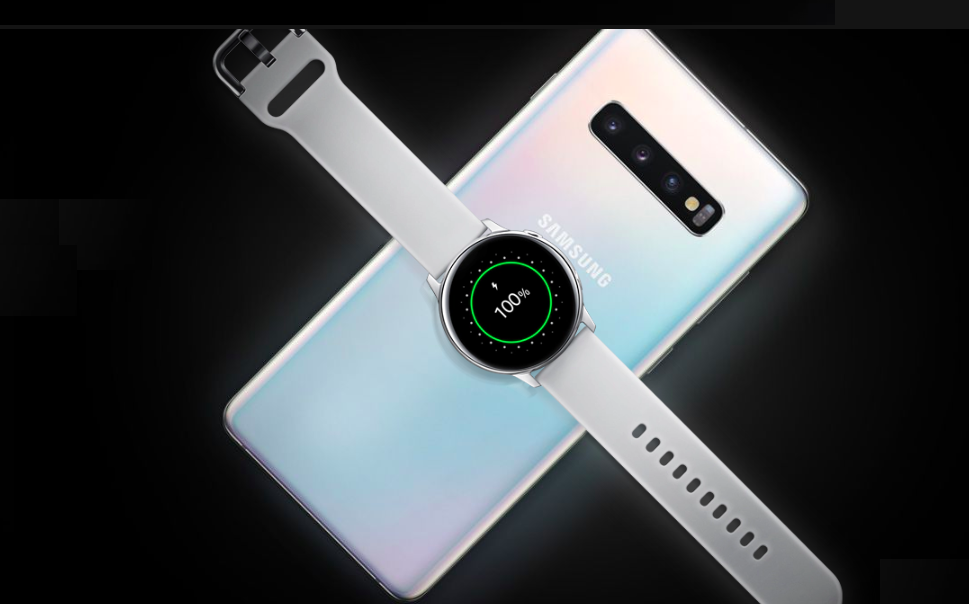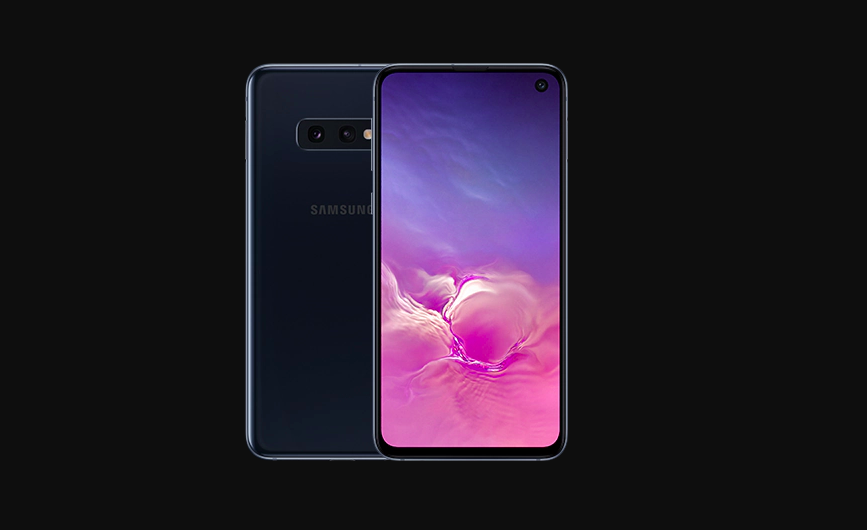After a ridiculously large number of online leaks and renders, the 10th-anniversary flagship smartphones from Samsung, the Galaxy 10 series, is now official. February turned out to be a very busy month for Samsung, right after teasing the global audience with their much-hyped Galaxy Fold folding phone, the company also unveiled the Galaxy S10, S10 Plus, S10e, and the beefy Galaxy S10 5G and showcased their presence at the MWC 2019.
For the uninitiated, Samsung has been launching their flagship phones in the S-series of Galaxy lineup for about a decade for now. The newly launched Galaxy S10 devices are the company’s latest lineup of flagship devices. All the devices launched received a long list of upgrades from the previous generation flagship, the Galaxy S9 and S9 Plus.
The most attention-grabbing aspect of the new lineup of Galaxy phones is the “hole punch” display. Evidently, Samsung has decided to take the trending notch-display game to the next level and has integrated front-cameras directly into the screen. This allows the device to have a better screen-to-body ratio and to fit in an ever-larger display panel. The company also introduced a revolutionary Wireless PowerShare in its Galaxy S10 devices that can be used to charge any other QI compatible devices wirelessly.

Here is everything you need to know about these newly launched Galaxy S10 devices.
Samsung Galaxy S10 and the S10 Plus
Design and Display
Starting with the design of the Galaxy S10 and S10 Plus, Samsung has managed to make these new devices slimmer and lighter than the previous S9 and S9 Plus, respectively. Both these devices are built using Corning Gorilla Glass 6 on the front and back. One of the impressive aspects of the new generation S10 devices is the wide range of color options, including Prism White, Prism Green, Prism Blue, Flamingo Pink, and Canary Yellow. There is a ceramic variant of the Samsung Galaxy S10 Plus that comes in white and black.

Like with the previous generation of Galaxy flagships, the major differences between the S10 and S10 Plus are the screen size and battery size. The Galaxy S10 sports a 6.1-inch Dynamic AMOLED display whereas the larger Galaxy S10 Plus sports a 6.4-inch Dynamic AMOLED display. Both these devices come with an aspect ratio of 19:9 paired with a Quad HD display resolution of 1440×3040 pixels. Thanks to the company’s “hole punch” display’s both these devices manage to have a class-leading screen-to-body ratio of over 93 percent. One of the notable features on these devices is the availability of an on-screen ultrasonic fingerprint sensor.
Hardware and specifications
Both the Galaxy S10 and the S10 Plus are powered by an Octa-core Qualcomm Snapdragon 855 processor paired with a fully future-proof 8GB of RAM. As far as the storage is concerned, both devices offer up to 512GB of onboard storage. Speaking about the available sensors on both these devices, they both come with an accelerometer, barometer, light sensor, proximity sensor, compass, and gyroscope.
Imaging is one of the major aspects both for the buyers as well as the phone makers in the current mobile market. While users look for a device that can take snappier images, companies are trying to meet users’ requirements and expectations by improvising on the cameras on their smartphones. Accordingly, the Samsung Galaxy S10 and the S10 Plus come with more camera sensors than ever before on a Galaxy smartphone.

The S10 and the S10 Plus sport a similar triple camera setup that includes a 12-megapixels wide-angle, 12-megapixels telephoto, and 16-megapixels ultrawide sensors. However, the S10 comes with a 10-megapixel front-facing camera, whereas the S10 Plus sports a dual camera setup consisting of a 10-megapixels and an 8-megapixel sensor.
Now that’s a lot of cameras on a smartphone, isn’t it?
As for battery life, the Galaxy S10 is powered by a 3,400mAh of battery while the S10 Plus comes with a bigger battery capacity of 4,100mAh. Both devices support fast and wireless charging.
What’s more interesting is the device’s ability to charge other QI compatible devices. Yes, the Galaxy S10 and S10 Plus can be used to charge your smartwatch or other smartphones if they support wireless charging.
Samsung Galaxy S10e
Unlike every past years, Samsung has come up with a cheaper alternative to the Galaxy S10 series. Dubbed the Galaxy S10e, the device is made for an audience that wants to experience the latest Galaxy S10 series without spending a fortune.
However, there are certain tradeoffs associated with the Galaxy S10e. Starting with the major differences, the S10e has a captive fingerprint sensor on the side as compared with the in-display fingerprint sensor on the Galaxy S10 and S10 Plus. The Galaxy S10e sports a 5.8-inch full HD Dynamic AMOLED display with a resolution of 2280×1080 pixels.

Under the hood, the device is powered by the same Qualcomm Snapdragon 855 SoC paired with up to 8GB of RAM and up to 512GB of storage. The S10e comes with a dual rear camera setup consisting of a 12-megapixels wide-angle and 16-megapixels ultra-wide camera sensors. The device comes with a 10-megapixels selfie camera as seen on the Galaxy S10. The device stays juiced up by a 3,100mAh battery.
Samsung Galaxy S10 5G
Like most of the other smartphone makers, Samsung has also launched a future-proof 5G compatible variant of the Galaxy S10. The Galaxy S10 Plus 5G has a 6.7-inch AMOLED display and will work on the next generation of faster 5G network bands. The device is also powered by the Snapdragon 855 processor paired with the Snapdragon X50 modem to latch on to 5G networks. The device comes with similar specifications as seen in the Galaxy S10. However, the 5G variant receives a bigger battery: 4,500mAh.
Pricing and availability
Starting with the cheapest of the lot, the Galaxy S10e is priced starting at $750. The Galaxy S10’s pricing starts at $900 while the larger S10 Plus starts at $1,000. All three devices are available on sale and are available with various network partners. However, the company is yet to announce the price and availability details of its 5G variant of the Galaxy S10.
Samsung has certainly made a lot of improvements in this year’s Galaxy smartphones lineup. The S10, S10 Plus, and even the S10e promise various value-added features and ergonomics for its users. All the devices run on the Android 9 out-of-the-box and are expected to be future-proof in terms of performance, reliability, and security. Period.
Images: Samsung



